Industrial submerged pumps play a vital role in a wide range of industries by improving efficiency and ensuring reliable performance, even in harsh and demanding environments. These pumps are specifically designed to operate fully submerged in liquids, which sets them apart from traditional external pumps. Their unique design allows them to handle a variety of fluid types, including both clean and contaminated liquids, while significantly boosting the overall efficiency of industrial operations.
One of the key ways that industrial submerged pumps improve efficiency is through their ability to operate continuously in harsh conditions. Traditional pumps, when exposed to extreme environments, may face issues such as cavitation, overheating, or failure due to the external stresses they encounter. However, submerged pumps are specifically built to withstand these challenges. They are designed to operate effectively in high-pressure environments or situations where other pumps would typically fail. By being submerged, these pumps avoid the common issues associated with surface-level pumping, ensuring that they can work reliably without significant interruptions. This feature makes them especially valuable in industries that require long-term, continuous operation, such as wastewater treatment plants, mining, and sewage systems.
Another factor contributing to the efficiency of industrial submerged pumps is their direct interaction with the fluid. Unlike other pumps that might require additional mechanisms to transport fluid, submerged pumps are designed to be fully immersed in the liquid they are pumping. This direct contact with the fluid allows the pump to function more efficiently, as there are no additional energy losses associated with the transfer of fluid through external pipelines or other equipment. This design eliminates the need for extra components, such as external motors or drive systems, which typically consume more energy. Submerged pumps use less energy, making them an environmentally friendly and cost-effective option for industries seeking to reduce their overall energy consumption.
Industrial submerged pumps also offer the advantage of reduced maintenance requirements, further enhancing their efficiency. Their robust and durable construction means they are less prone to wear and tear compared to other pump types. This durability reduces the frequency of maintenance and repairs, which is a common issue with external pumps that are subject to environmental wear. The ability of submerged pumps to operate with minimal maintenance results in less downtime for industrial systems. This ensures that production processes remain uninterrupted, leading to higher overall productivity. Reduced maintenance also means fewer replacement parts, which can lower operational costs in the long run.
The performance of industrial submerged pumps is another crucial factor that contributes to their efficiency. These pumps are engineered to maintain high flow rates and consistent performance, even under fluctuating operational conditions. Whether dealing with varying fluid levels, different viscosities, or changing pressure, submerged pumps are capable of handling high volumes of liquid without compromising their performance. This reliability is essential in industries that rely on the constant movement of fluids, as it ensures that operations continue to run smoothly without delays. Their ability to manage large volumes of fluid while maintaining steady performance is key to maximizing productivity and minimizing any operational disruptions.
The space-saving design of industrial submerged pumps adds to their overall efficiency. Many submerged pumps are designed to be more compact and streamlined than traditional pumps, which means they can be installed in smaller or more confined spaces. This makes them ideal for environments where space is limited or where larger, external pumps would be impractical. By optimizing the use of available space, these pumps help industries streamline their operations, improving workflow and reducing the need for additional equipment. This space-efficient design not only improves operational efficiency but also allows companies to maximize their facility's layout, contributing to a more organized and productive environment.


 English
English русский
русский عربى
عربى

.jpg)
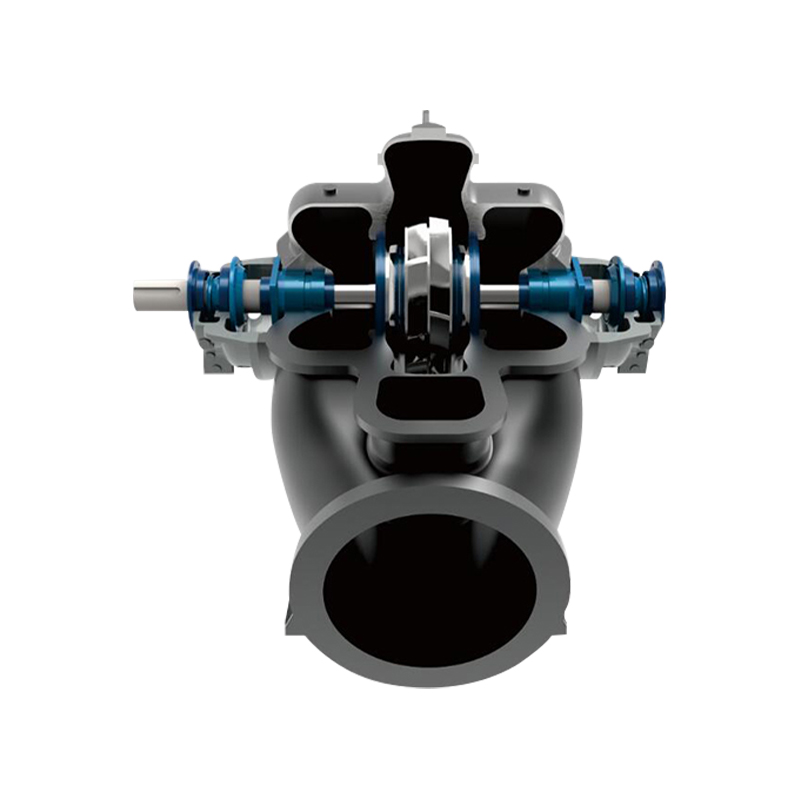
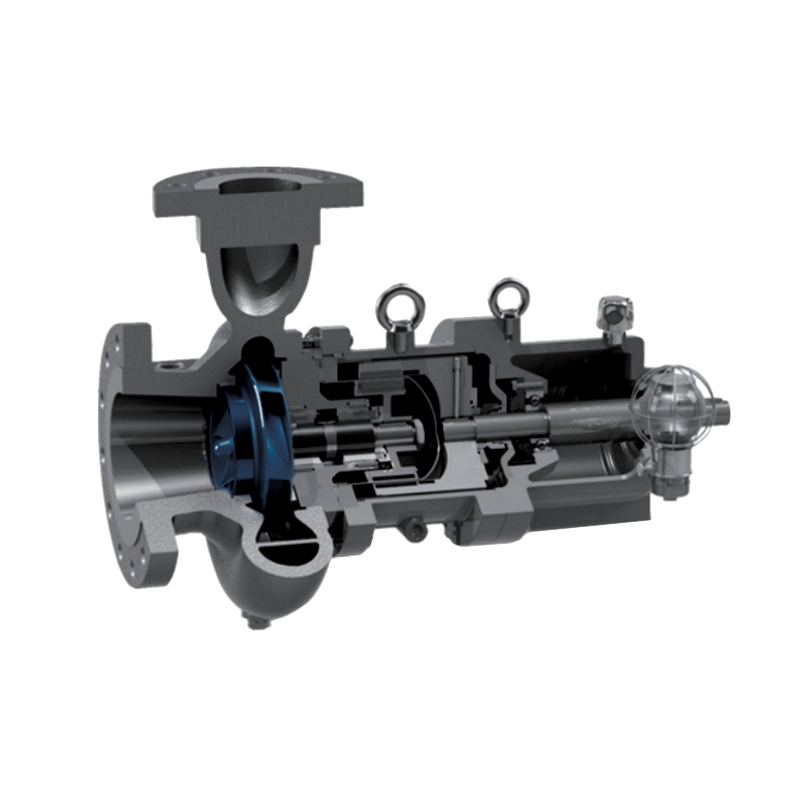
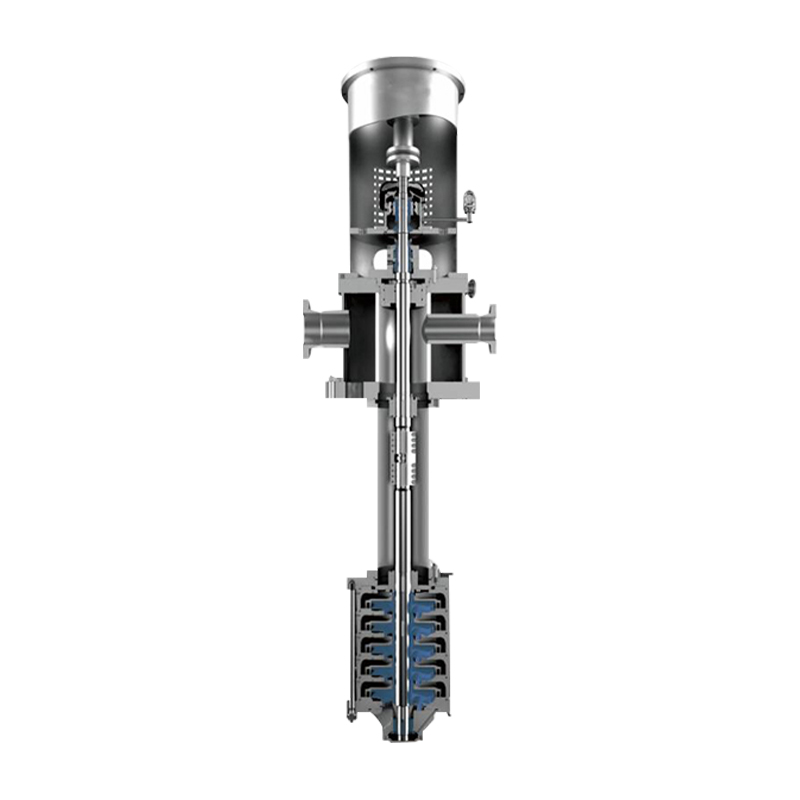
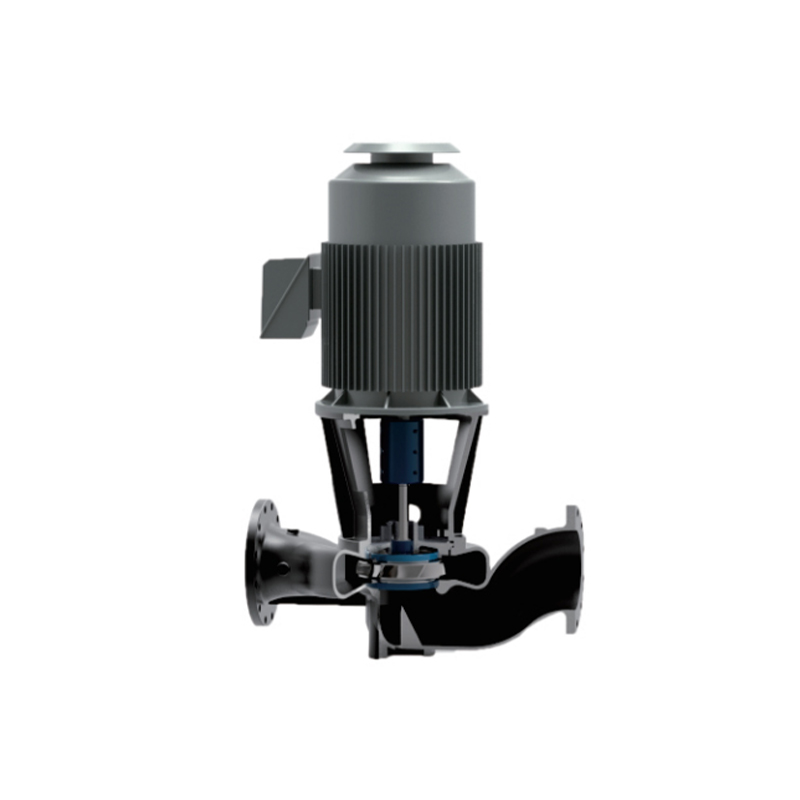
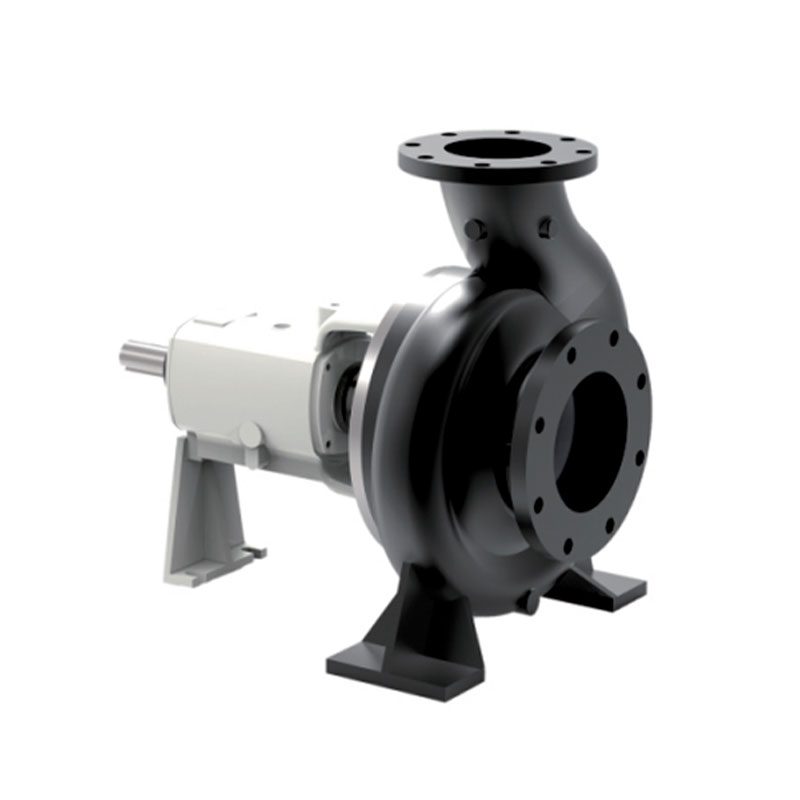
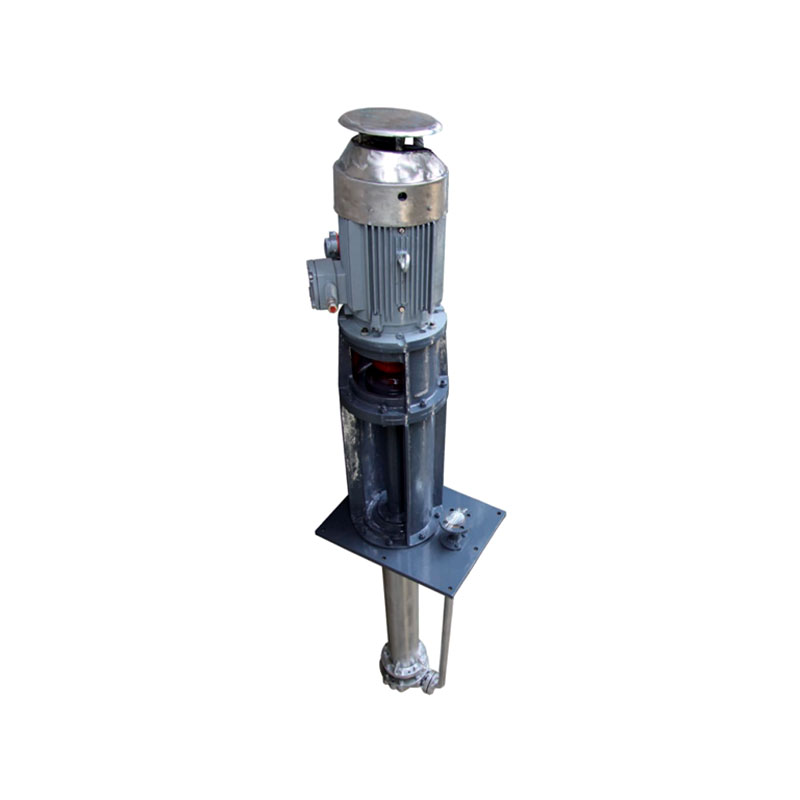
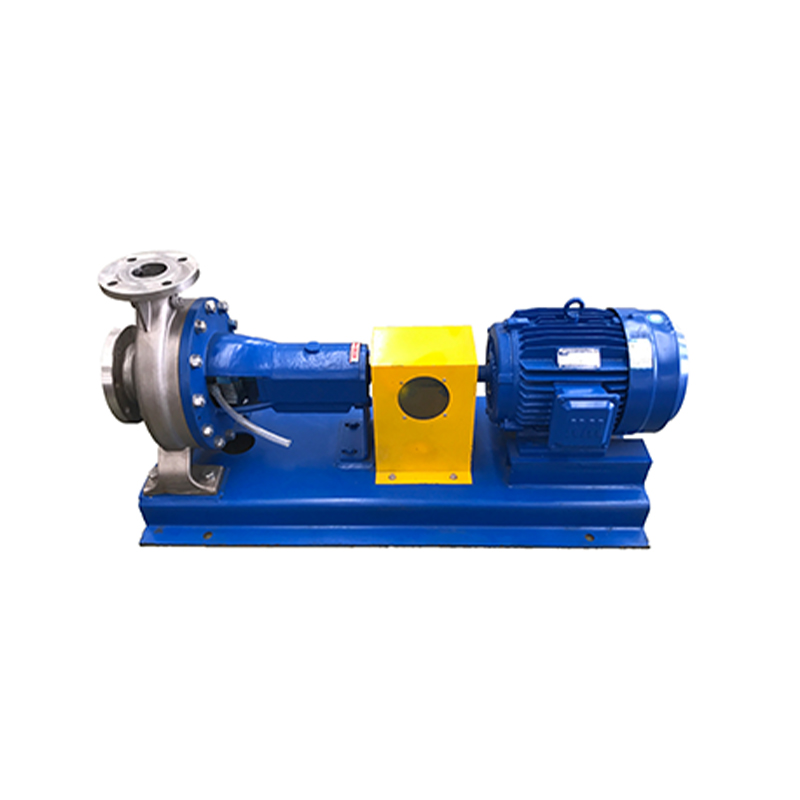

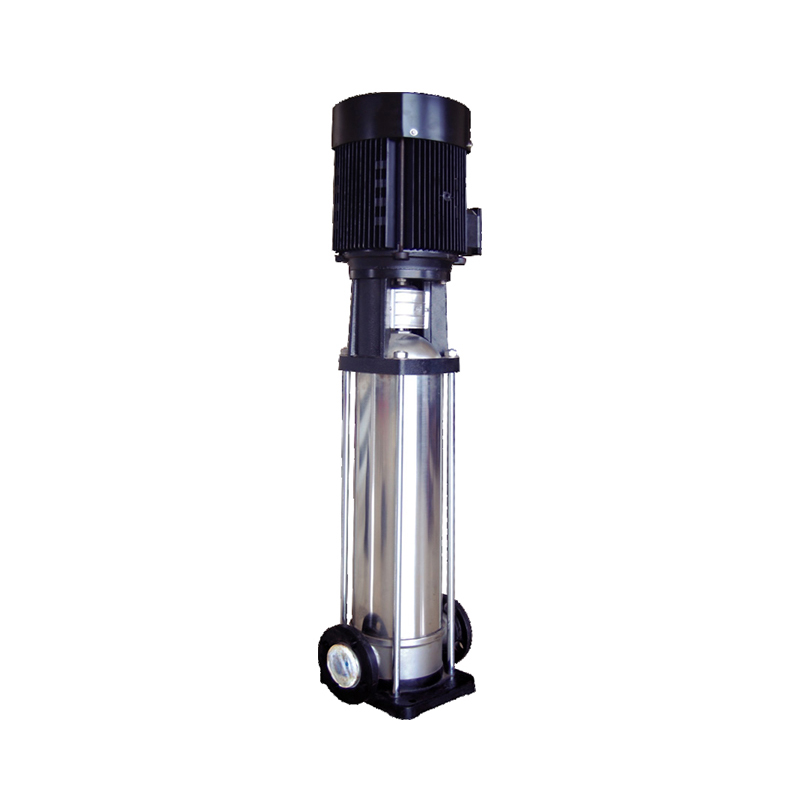






 ENG
ENG

 TOP
TOP